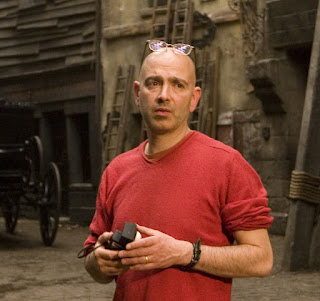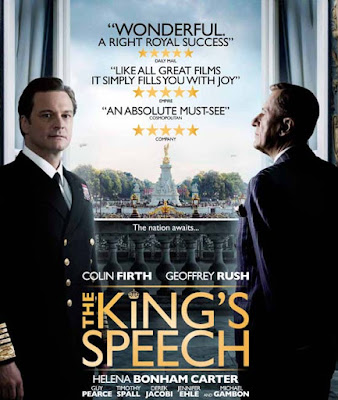Danny Cohen is a very recognized cinematographer, specially after his Oscar nomination for his work on The King's Speech.

Danny Cohen, member of the BSC (British Society of Cinematographers), shoots most of his commercial work on digital cameras. But The King’s Speech cinematographer considers it fortunate that all of his features to date, including the Emmy Award-winning HBO series John Adams-also directed by Tom Hooper-were shot on film.
The people from Studio Daily caught up with Cohen, nominated for an Academy, BAFTA and ASC award for his principal photography, to find out how under
Hooper’s direction he captured the project’s nuanced and equally celebrated performances and how 35mm, the right lenses and a few well-chosen rigs and locations helped him do it.
See more at: http://www.studiodaily.com/2011/02/cinematographer-danny-cohen-on-the-kings-speech/#sthash.93Dbo4mw.dpuf
I also IMDb him to see some of his work and after filtering it, I came up with his TOP 5 work as a cinematographer.
After his nomination for an Oscar, the BBC had an interview with him about his role as a cinematographer, the importance of the role and some if his experiences in the King's Speech shooting. Here are some of the most relevant questions and answers that I found very useful for mi shooting and as experience for being a cinematographer:
What does a cinematographer do?
My job is to help the director realise what's in his head.
The cinematographer creates a consistent look for the film and makes images that help tell the story. It's what's in the frame, the lighting, getting the mood right - getting images that push the story along and keeps the audience inside, not outside, the film.
What's the relationship with the director?
There's a dialogue that constantly goes on between the director and the cinematographer [also known as the director of photography, or DP]. You've both got to be there for every single shot. A lot of other work - like production design, costume and hair - has to be nailed before you start filming.
Once you get the trust of a director, they know they can rely on you to do something very interesting. It's a very complicated relationship.
What were the challenges of working on The King's Speech?
We shot the film in November - January. If you make a film in the UK in winter, one of the biggest things you confront is that it gets dark at 4.30pm.

So it's about being able to control the light: Lionel Logue's consulting room was a biggish room with a skylight, so we put a lighting rig outside the skylight and a blackout tent above the lighting rig. So whether it was day or night, we could light the scene however we wanted.
How did you get started in cinematography?
There's no right or wrong way. You can go to film school, but everybody's different. My first degree was a social science and nothing to do with film. I'd always done a lot of stills photography. I ended up as a photographic technician at Middlesex Poly and then became a camera assistant on small documentaries and pop promos and commercials.
It's all about chance meetings. I ended up as a camera assistant and clapper loader for eight years working with lots of cameramen with different styles, so that was my film school.
I worked with the French cameraman who shot Betty Blue. Going to work was like going to a master-class every day.
What difference does an Oscar nomination make?
It's recognition, it shows people think you vaguely know what you're doing.
The phone hasn't stopped ringing, I've been doing a lot of interviews for American magazines. People, bizarrely, find it really interesting.
This are some of the most important and relevant parts of the interview that helped me a lot. One of them was understanding that you don't necessary have to study to be a cinematographer in order to actually be one as the industry is very uncertain. The other very important element was understanding the importance of a good communication and relationship between the cinematographer and the director, because although the director is the one with the ideas and the one that sets the mood to the film, the cinematographer is the expert and is the one that will put in a frame what the director has on his mind. We as cinematographers have the job to make sure that what is on the frame is relevant to the story and to what we want to transmit, any unnecessary elements are very likely to be removed form the frame. Another important element that I found that actually matches our production is shooting in the UK during Winter. What Danny Cohen mentions it that the biggest problem is that it gets dark by 4:30PM which shortens the day a lot for all the daily scenes, specially for all the ones that are outdoors. About 1/3 of our script has outdoor scenes, but the majority of them are in houses, which makes the lighting more controllable.



















1 comments: